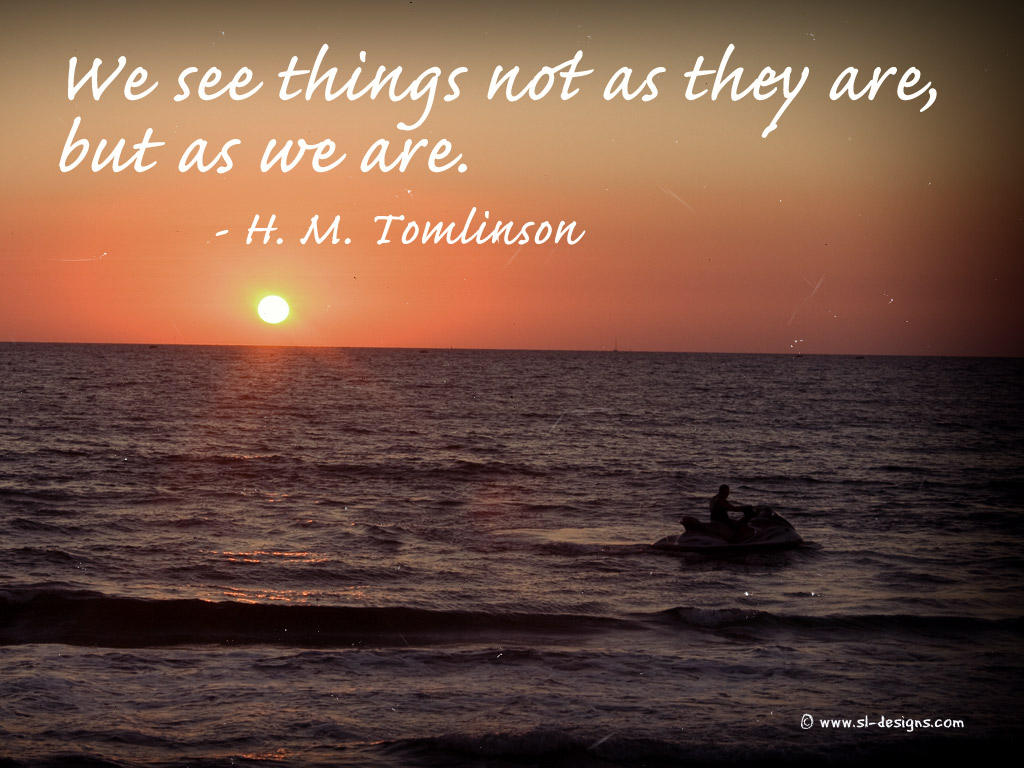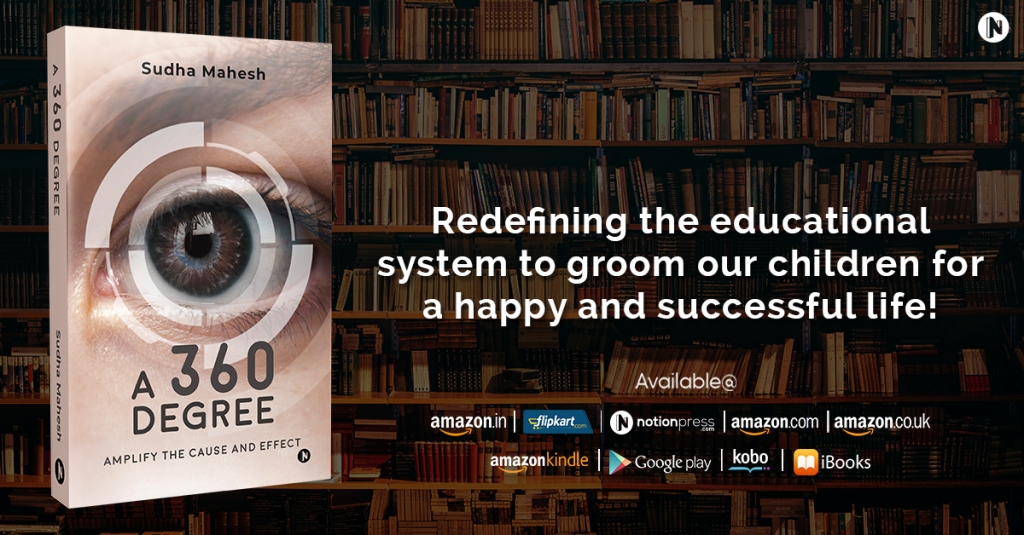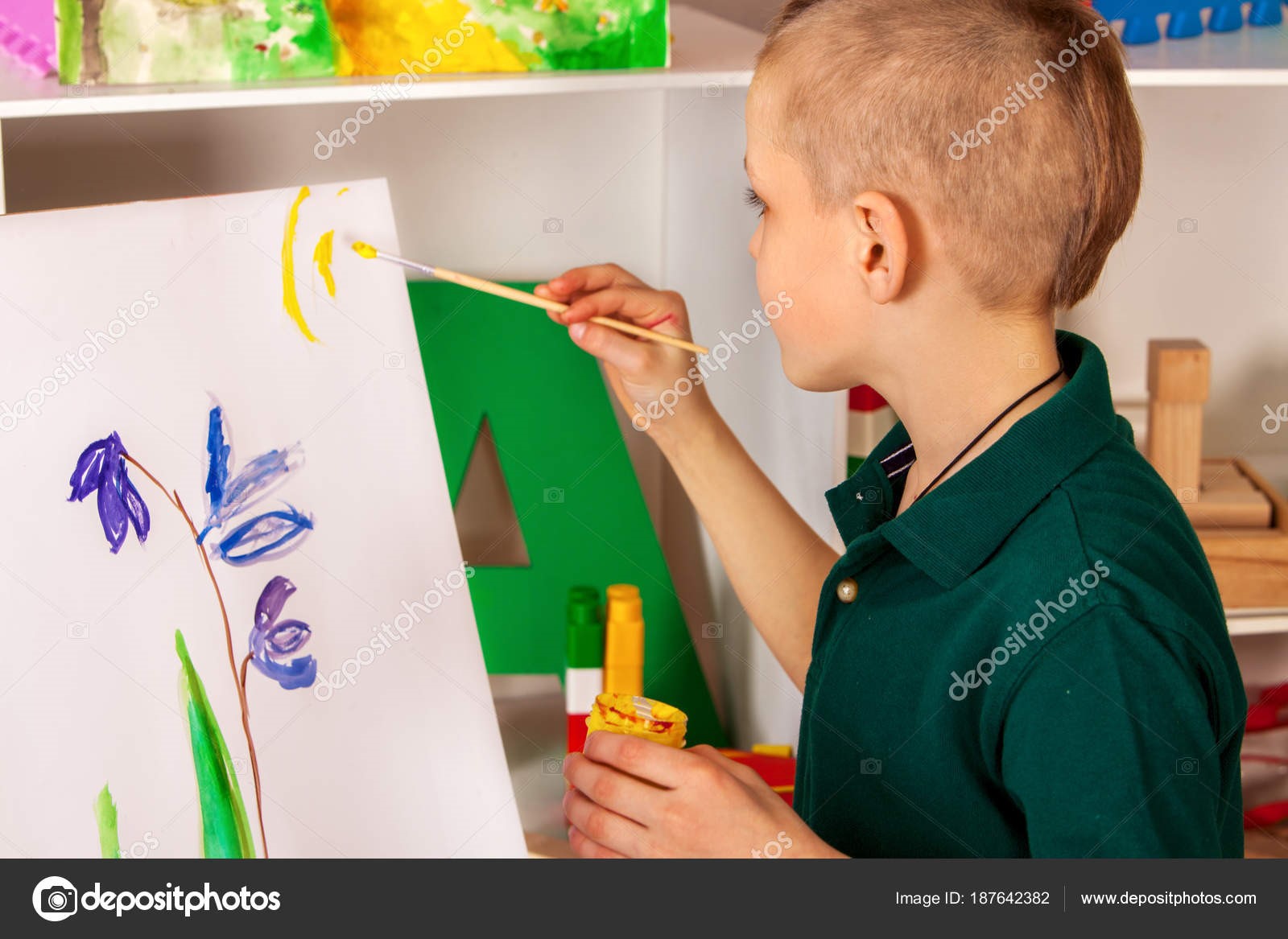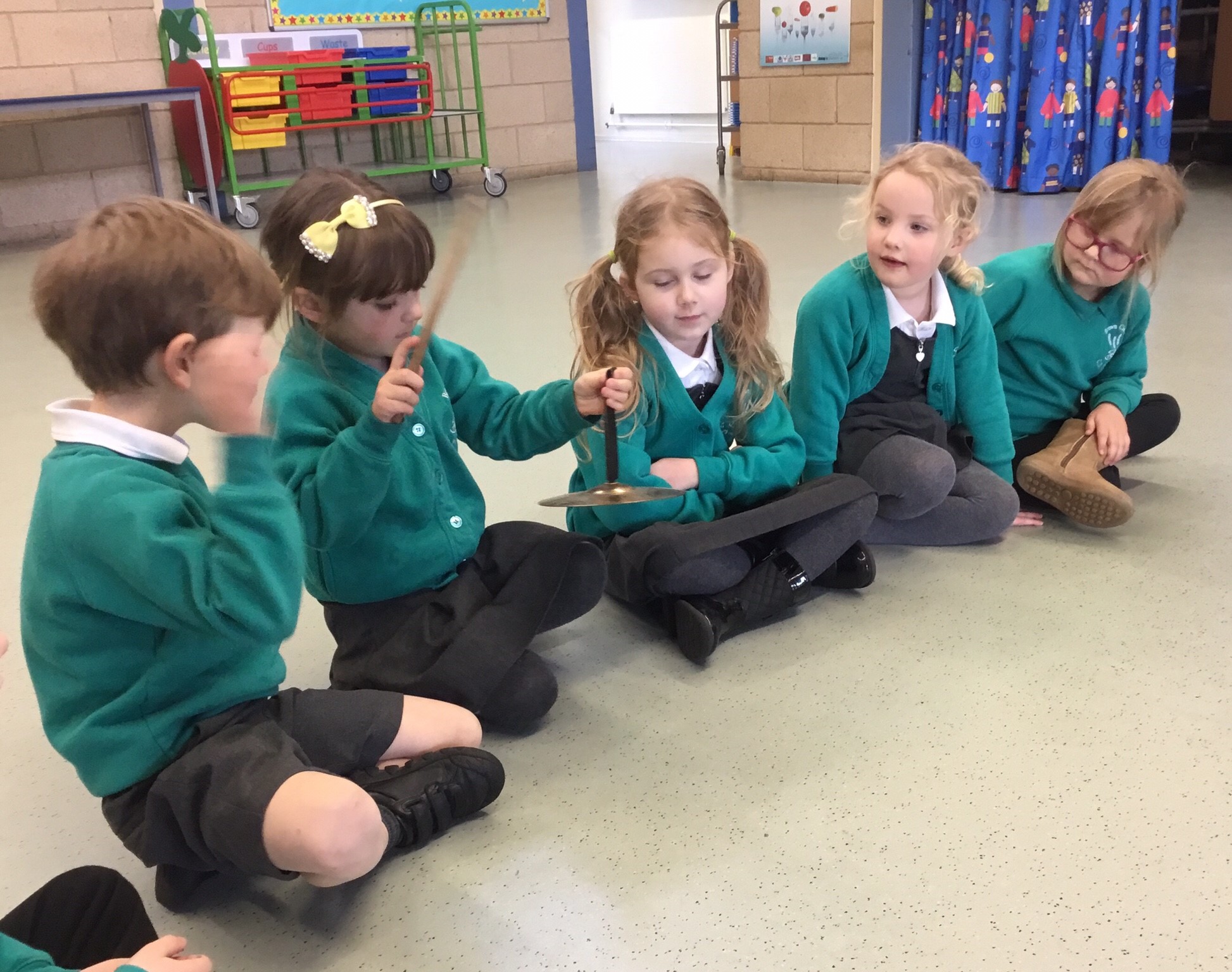Motivation- let me start with simple terms.
Today, I am motivated to write my personal thoughts and opinions through my blog, I am motivated intrinsically:) !
The word “Motivation” keeps lingering in an atmosphere like school, that students and educators could probably just overlook the in-depth meaning in this.
This motivation can arise out of external factors or internally due to passion, a drive to accomplish and due to clarity in setting self- goals.

In my opinion, every new-born has innate motivation, the cause for the toddler to talk and a baby to crawl. Even as an adult to grow successfully in the life there must be motivation towards a goal. No human can escape this – The Motivation either need based or through personal interest.


With diversity as the foundation for schools, students from different background, different exposure and different innate abilities gather under one roof. It does become an inevitable task for mentors to identify the levels, attend to, give nudge to all those individuals to grow at their pace; the goal is learning graph must grow.
With all these appearing daily, how do we identify which motivation is long lasting and is motivating from external force is a farce?
In general, External motivation like rewards, appraisals et al do not contribute to personal growth.They are always done for short term period and focused on benefits rather than change in personality or refinement in one’s self and excitement arising out of that change.
In a school scenario, when you talk to teacher, we may find numerous such instance they employ to make a student complete a task, an activity or even the normal routines that a student must develop in that age group.

Often teachers express that despite several support and schemes and ideas they come up with, students do not get ignited.
The reason for this is the passion to do a work does not identify purpose behind and clarity in the process. They do not understand whether the result will be appreciated, or the process will be acknowledged. These ambiguities seldom create the sustenance in achieving the task among students. The motivational words that a teacher delivers during the beginning of any learning process creates a spark in the initial stages and fails to sustain as a students’ do not have clarity,autonomy and purpose.
At schools, the main task and goal for us as educators is to keep any child stay on task and take the task to completion.
Most often a student or a child at school is exposed to numerous activities through formal lessons or informal methods. This is done solely with an attitude to watch out if any of these might provoke inquiry and students once engaged, they get self-motivated to hang on to such experiences and navigate them self.
At times it is a fact that with a little push the task becomes habitual and from certain point of habitual practices, the task is taken as self-goal by the students.
Here are the cues which as educators we must not overlook, rather look out for these if you want your task as teacher to get enjoyable
How to convert most of the situations into an Intrinsically motivated experience
Whenever a child asks, what is this? Here starts intrinsic motivation to know the world around them.
Look out for all these signs in them from where an autonomy and purpose behind learning ignites.
What is happening?
When do I complete this?
How do I work on this?
Can I do this at home?
Should I complete this fully today?
Can I do this worksheet tomorrow?
I am going out today Can I submit my work later.
Why should I do this? 
Some time students use Question words and at times they tell us the problem they might face while doing an activity.
“I can’t fill water or water this plant, I have cough!”
Instead of saying, “it’s okay you can still do”, give them an option if the same investigation or activity can be done in another medium
“It’s hot I don’t want to go out in sun to see the sky!” Don’t shun the reply, instead give couple of more option, probably this can be done even in evening Sun
Any such statements are always interpreted as lack of motivation, what I sensed out of my experience, If we give them an alternative or try to understand the obstacle for a moment, students don’t lose hope, they start travelling through the learning the way we expected them to.
Any work assigned to them as home assignments or observation that requires stamina to focus students may initially avoid as there are many activities in their life that doesn’t require hardest job called thinking.

I feel differentiation in tasks comes in to rescue for us. When differentiation in procedure is employed there is still more scope for Intrinsic motivation to play a role than extrinsic.
Secondly, hearing out to their obstacles and giving an alternate will also convert many of the extrinsic motivation in to intrinsic.
With a growth mindset and positive attitude invest your time as educator in converting all extrinsic motivation into Intrinsically driven assignment by just being open to alterations in activity and process.

Once a student gets to know that there is not one-yard stick to measure their success of achievement to a large extent they find a purpose to self-involve. Once a student gets involved you will be amazed at the result, for it will be much better than your success criteria.Now let’s look at the flip side of Students are just not aligned to learning topic or they dodge.
Yes, this also happens.
A teacher gets burnout thinking of all the measures how to get her student do this!
External motivation like extra book from library, favorite food allowance for lunch, extra out-door play, no home work for a week, lunch with buddy, star on the note book, appreciation note in note book or telling the parent about the completion et al could be some common practices among teachers.
Out of my experience these should be employed for task that involves lower order activities as this may pass away as yet another experience for the student.
Whenever it is going to involve student’s conceptual testing or practices it is always better to look for appropriate cues from them and try our best in opting for differentiation in tasks, help them understand the purpose and bring out the autonomy. For education is for life and it is not a passing/dodging phase.
In case, there is basic problem that most of the students are unable to stay focused on a topic or activity then, school leaders must involve and ensure any outdated topics or above the age level contents are scrapped out.
It is not always the motivation factor that has to be counted on, it is also the age relevant study material, topic, teaching methods that come in to play largely than the student ability.
It is important that educators and leaders in education are also sensible to provide such learning inside classrooms and avoid rigidity in teaching learning process by following some routines for decades together!
Let us not forget Students need support of their teachers, they look up to us for numerous things in their schooling years.
Motivation is a feel, it is experienced through senses, it is a qualitative concept, it differs based on personality, the background and age relevant experiences

Change – change in attitude,change in procedure,change in teaching methods,change in our outlook of students,change in the way a student looks at a situation.
Instill the Change that leads to Motivation.











